By Helen de Witt
Sadly, not all the films discussed are available – or available from a single source.

There are viewing links next to each film cited below, and here is the complete viewing list with links to films or to video interviews with the filmmakers. Thanks to Helen for her research!
We Will See: Women’s Eyes on the World
A couple of years ago Open City Documentary Festival invited me to teach an evening course on experimental and ethnographic documentary. I’m pretty sure they knew I would never claim to be an expert, but I loved the idea and went for it. So, not being an expert, I needed to think a little differently about designing the course. After a little head scratching, I fell back more on curatorial skills than intellectual ones, and decided two things. Firstly, to try to tell a story that highlights radical practice and under-known filmmakers; and related to that, to include as many women filmmakers as I could. A small gesture to re-inscribe women into film history, as Christine Gledhill and Julia Knight point out, changes not just women’s film history but all film history:
Our enterprise… is not merely about putting women back into history alongside men or about creating a separate space called “women’s film history” apart from “men’s” film history. Rather, the questions that asking about women pose to traditional ways of doing film history demand new ways of thinking cinema itself. Insofar as these challenge the dominance of the director, recognise co-creation and collaboration, refuse dominant deceptions of cinematic essence, and reorganise notion of aesthetic value, it is not only women who stand to gain. Asking about women promises new perspectives on film history itself and the many cinemas it generates, both past and future.
— Christine Gledhill and Julia Knight, Doing Women’s Film History(2015)
Here, very briefly, are some of the extraordinary women filmmakers that I included on the course. Some I knew well before, others much less so. As ever, many more have been left out than can be included.
Thinking about early twentieth century ethnography and the filming of ritual and religion it is fascinating to compare the practice of Margaret Mead with that of Maya Deren.
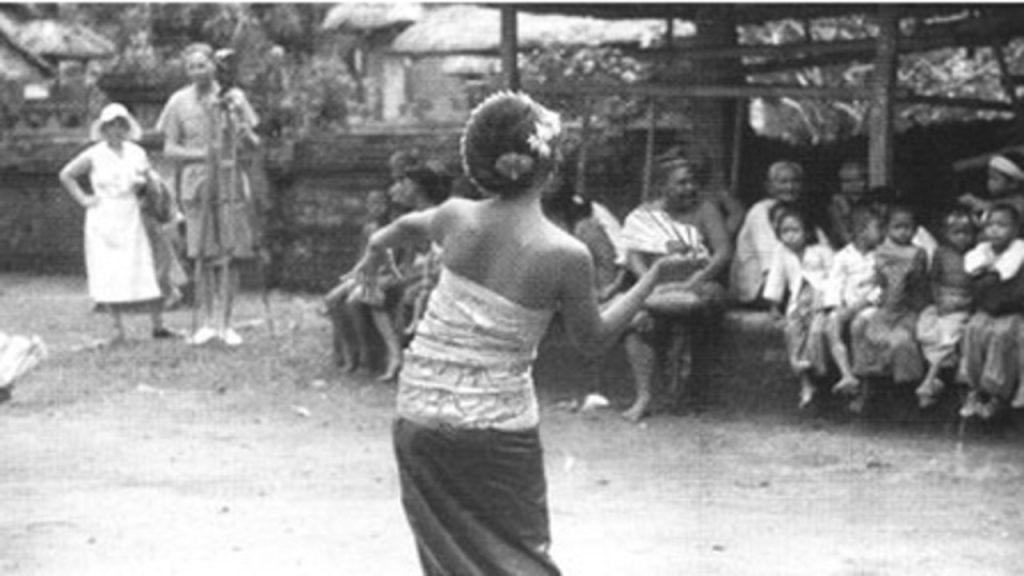
Mead was a respected and often controversial academic who popularised the insights of anthropology in Western culture. Her reports detailing the attitudes towards sex in the South Pacific and Southeast Asian traditional cultures are said to have influenced the 1960s sexual revolution. Mead said:
There is no such thing as an unbiased report upon any social situation. . . . All of our recent endeavors in the social sciences have been to remove bias, to make the recording so impersonal and thereby meaningless that neither emotion nor scientific significance remained. Actually in matters of ethos, the surest and most perfect instrument of understanding is our own emotional response, provided that we can make a disciplined use of it. (1968)
With her husband Gregory Bateson, Mead conducted three years of research in Bali and New Guinea, where they had developed their use of photography and film as ethnographic media. Later, Mead returned to the material, assembling photographic study and a series films. Although in its time Mead and Bateson’s Balinese work was greeted with some puzzlement, these books and films are now classics.
Dance and Trance in Bali (1937-9/1950) [watch it here] is a performance of the kris dance, a Balinese ceremonial dance which dramatises the never-ending struggle between the witch and the dragon: the death-dealing and the life-protecting.
By contrast, Maya Deren was an artist rather than an ethnographer. She wanted to re-think formalist cinema as the basis for expressing psychological introspection. Through her involvement in Haitian Voudoun ritual, she was able to record scenes that would have been inaccessible to other filmmakers, eventually becoming a voudoun priestess herself. For her, possession by the gods was embodied in film itself. For this reason, her major work Divine Horsemen: The Living Gods of Haiti (1947 and 1954) [watch it here], went unedited during her lifetime.
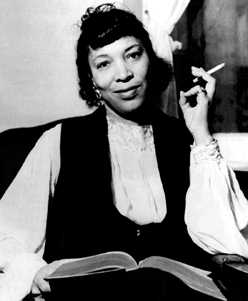
Before Mead and Deren, Zora Neale Hurston was making ethnographic films in the Southern States. She is understood to be the first African American woman filmmaker. She attended the women’s college of Columbia University, where Mead also studied. Her fieldwork films portrayed racial struggles in the early 20th century, and she published research on Haitian voudoun ten years before Deren’s visit there. Her early films Children’s Games (1928), Logging (1928), and Baptism (1929), reflect “cultural performance and beliefs must be expeditiously collected and documented because they would soon be gone forever.”
Women have surely been involved in all the major moments of experimentation in film. We must remember Esfir Shub as we do her contemporaries, Sergei Eisenstein and Dziga Vertov. Shub was responsible for two films made entirely from re-editing archive material of the Revolution: The Fall of the Romanov Dynasty [watch it here] and The Great Road (both 1927). Like Eisenstein, she created her affect though editing diverse images next to each other, creating work that was startling and ironic.
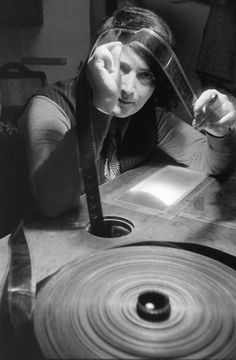
Vertov, it must not be forgotten, worked with his wife, editor Elizaveta Svilova, and his cameraman brother Mikhail Kaufman: the Kino-Eye’s Council of Three. His most famous film should more accurately be translated as Person with a Movie Camera. As it deals with all aspects of filmmaking, Svilova should be remembered as one of its authors.
In the 1930s, the British Documentary Movement gave rise to a significant number of women filmmakers, including the UK’s most prolific director, Mary Field [via BFI Player]. Some of them, like Ruby Grierson, were only acknowledged some time later, as she was for her co-direction of Housing Problems [watch it here]. There are (happily) too many to mention here, but I’d like to single our Jill Craigie as an important pioneer.
In Way We Live (1946) [watch it here] Craigie uses all her skills to bring together a film that was not as didactic as the wartime propaganda films. Instead, it is an early attempt at British neo-realism- filmmaking as activism to promote the rebuilding of the country after the conflict, in which she reveals her skill in combining dramatic and documentary styles.

The struggle for colonial liberation is always a commanding imperative to make films. It is perhaps surprising that there is only one woman documentary maker of the Cuban Revolution during the early years: Sara Gomez. She was also one of only two Black filmmakers. Like Craigie, she developed a documentary/narrative hybrid and her last work, One Way or Another (1974), [watch it here] has been hailed as the first film to truly explore conflicting threads of racial and gender identity within a revolutionary context.
Documentary was considered the only way to show Latin America how it was; what was underneath the images that commercial cinema could not show. Though not uncritically, it was crucial that it was more than a depiction, but also an analysis of what it represented.
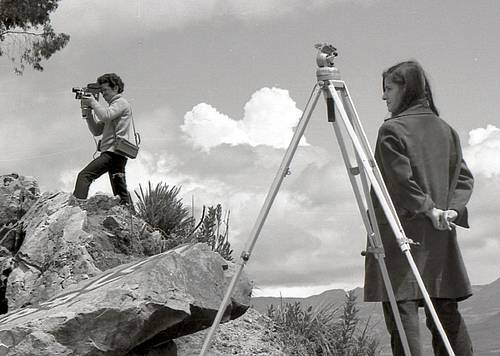
Colombian filmmakers Marta Rodriguez and Jorge Silva made Chircales (Brickmakers) (1972) [watch a clip here] in which the filmmakers put themselves in the place of the people whose condition of exploitation and dehumanisation is revealed by the film.
Trinh T. Minh-ha’s oeuvre is a grand experiment to express anti-colonial struggles in different parts of the world. Her first film, Reassemblage (1982), shot in Senegal, is about the daily life of women. Its title indicates that it is a reconstruction from fragments. It has been called an anti-ethnography, in that it self-reflexively dismantles the objectification and exoticisation of otherness.
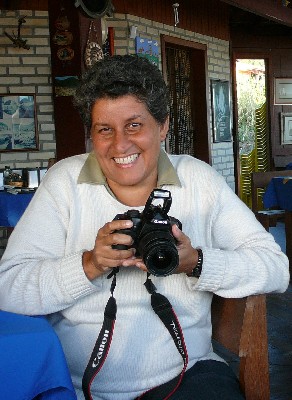
I am grateful to Ros Gray’s incredible book Cinemas of the Mozambican Revolution for bringing forward the names of African women filmmakers, such as Fatima Albuquerque and Isabel Noronha, that we may not have known about before. These filmmakers came out of the Mozambique Liberation Front (Frelimo) that trained the “children of the workers and peasants” to be filmmakers to “deliver to the people an image of the people.”
Often excluded from formal structures of learning and association, women filmmakers, particularly those of colour, had to find innovative ways to enter the filmmaking world. Madeline Anderson met Richard Leacock who supported her ambitions to become a documentary maker. Her work Integration Report (1960) [watch it here] is a key film of the Civil Rights movement that examines the struggle for Black equality in Alabama, Brooklyn and Washington, D.C., incorporating footage by Albert Maysles and Leacock, protest songs by Maya Angelou, and a speech by Martin Luther King.
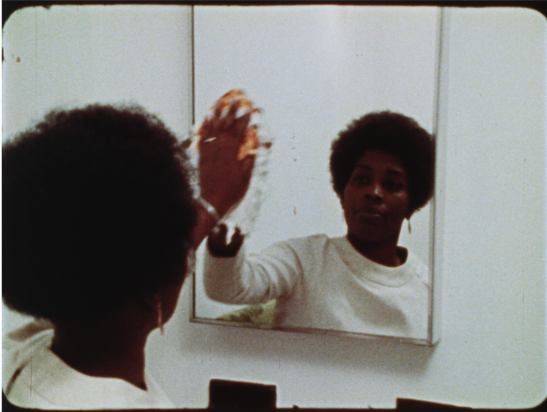
Shirley Clarke was also part of Leacock’s group, called The Filmmakers, and made films about African American cultural life including The Cool World (1963), for which Madeline Anderson assisted in the editing, and Portrait of Jason (1967) [buy it here].
As a staunch advocate of workers’ rights Barbara Kopple made Harlan County, USA in 1976 [watch it here]. The film covers the Brookside Strike when 180 coal miners and their wives stood up against the Eastover Coal Company’s Brookside Mine in Harlan County, Kentucky, and as a result faced violence and even death. The ultimate conclusion of the strike has been attributed to presence of Kopple and her crew who expose the criminal acts of the bosses.
Beginning her career in the same year was Kim Longinotto, whose entire body of work is devoted to social justice and equality for women and girls around the world [watch trailers for her films here]. Longinotto has made over twenty films featuring inspirational women who challenge the system. Her subjects have included female genital mutilation in Kenya (The Day I Will Never Forget), women standing up to rapists in India (Pink Saris), and the story of Salma, an Indian Muslim woman who smuggled poetry out to the world while locked up by her family for decades. Her latest film is Shooting the Mafia about the Italian photographer Letizia Battaglia and her career documenting the life and crimes of the Mafia.
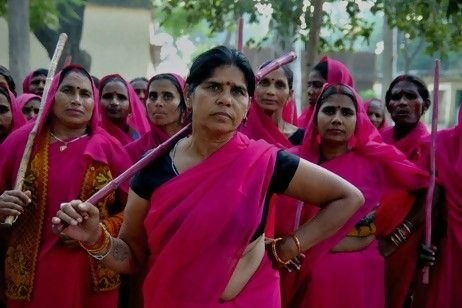
To finish, a brief mention of two of cinema’s most eminent figures, Chantal Akerman and Agnès Varda. In this context, because of their subjective mode of documentary filmmaking: how as filmmakers they construct themselves within their work.
In her book The Cinema of the Self, Alisa Lebow says that the ‘I’ is always social; it is constantly in relation to something. First person films, therefore, are more genuine as there is not a separation between subject and object. Otherness and exoticisation disappear.
For almost 50 years Chantal Akerman was one of the cinema’s most original filmmakers. News from Home (1977) and Letters Home (1986) explore her relationship with mother through readings of their correspondence. Akerman’s last film No Home Movie (2015) [rent it here] is a deeply personal work, compiled from footage she gathers from leaving her camera lying around to capture her mother’s daily life. For Akerman the silence is as important as her mother’s stories. Their interactions are interrupted by extended landscape shots from Israel/Palestine. Here is a powerful montage connecting interiority with geopolitics.
Agnès Varda has used her own image increasingly her later films, including in her much-loved final works, Faces Places (2017) and Varda by Agnes (2019). Although she has been present in many of her earlier documentaries, this new phase started with The Gleaners and I (2000) [rent it here], in which she developed her film language to expresses a commonality and solidarity as well as her own individuality.
These women documentary makers, from early cinema and across the globe, have found new ways to communicate through film; to transmit voices that speak things not otherwise spoken and to reveal things not otherwise revealed. In doing that, they continually change what documentary cinema is.
